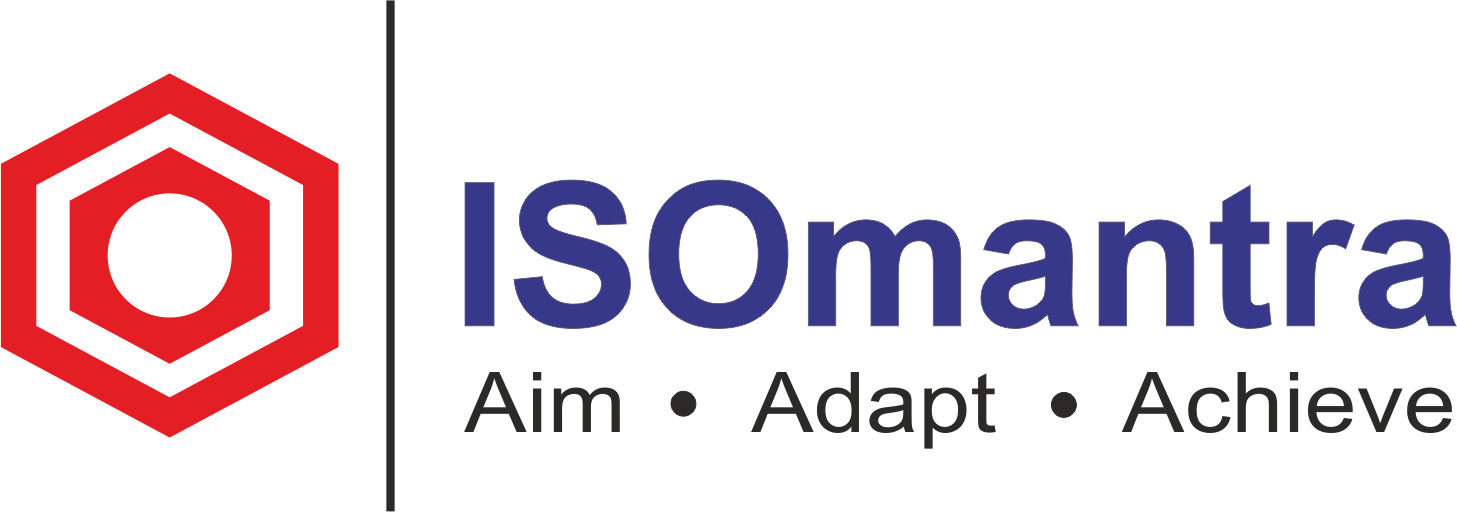Strategy guides asset management decision-making. Many stakeholders have strong beliefs and expectations about asset management. Individuals, divisions, and organizations all have distinct missions, agendas, and values. These differences cause competing goals. Conflicting ideas must be reconciled through policy goals, trade-offs, and agreement. Because of short-term budgets, asset management can’t plan long-term capital investments. Doing more with less will deplete technological, financial, and human capital.
The most difficult and crucial part of workplace asset management is addressing employee needs. Asset management requires extensive collaboration and communication. Organizations are usually divided by function. Helping employees understand asset management from the organization’s perspective is a challenge. Change within the organization is another challenge. The success of an organization is dependent on obtaining executive and operational support.
Mismeasurements
Measure the right variables to determine a program’s success. Today’s organizations face many performances measurement challenges. Determining relevant performance metrics is difficult. Businesses often have too much data but not enough information to collect and manage it. Many companies collect data without analyzing or using it. They’re also learning they can’t make decisions without enough information. This problem often requires re-evaluating and inventorying collected data. Data is often dispersed across databases, websites, and file systems, making it difficult for employees to access and organize it. This makes it hard for businesses to generate timely, fact-based information for decision-making.
Integration obstacles
Integrating and sharing asset management data requires data from multiple sources. Variable and heterogeneous data plague most businesses today. Data heterogeneity is caused by legacy systems with different structures and formats. All data items needed for asset management business functions, as well as disparities in data sources and formats, must be included in a flexible framework that can accommodate new or modified business functions or processes. Some companies have implemented a unified enterprise architecture to solve this problem.
Analytical Challenges
The novelty of economic cost analysis requires new models, methods, and tools. In a linked or shared database environment, data definitions and formats are being developed. Most organizations struggle to develop and implement data standards when their existing databases are so diverse.
Asset Management System implementations are difficult. Each unique problem is interdependent. A successful asset management program must overcome technical and organizational challenges. #strategy #business #success #learning #communication #architecture #environment #assetmanagement

